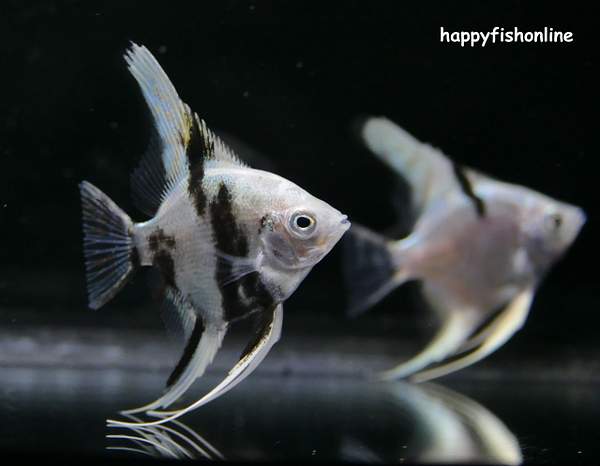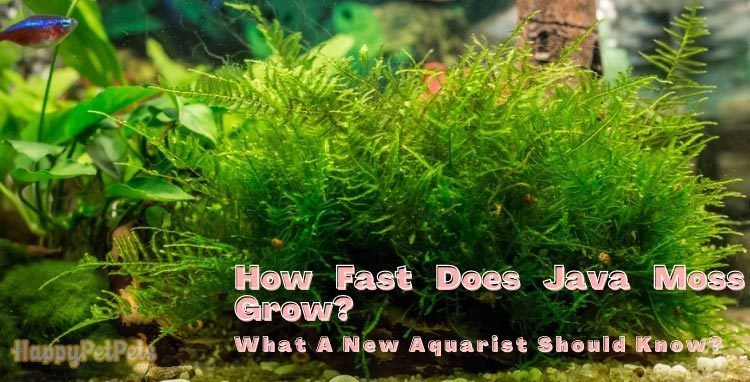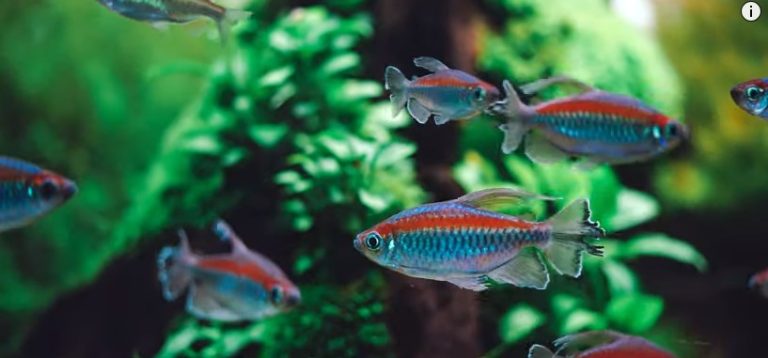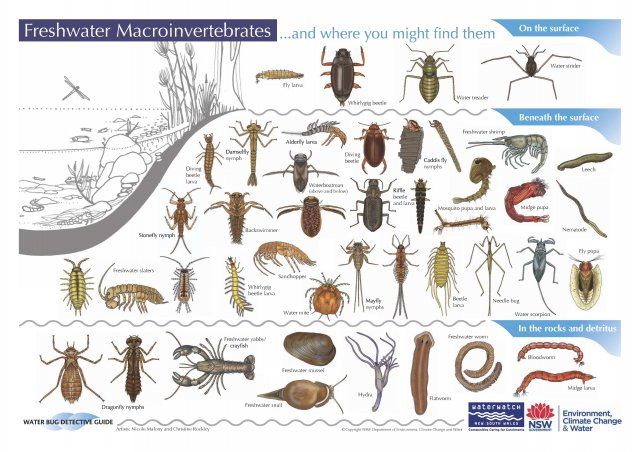Do Hillstream Loaches Eat Algae
Do Hillstream Loaches Eat Algae?
Yes, hillstream loaches do eat algae. These fascinating fish, belonging to the family Balitoridae, are known for their ability to consume various forms of algae in aquariums and natural habitats. In fact, their dietary preferences make them highly sought after by fishkeepers as a natural solution for controlling algae growth in their tanks. Let’s dive deeper into this topic and explore the details of hillstream loaches’ algae-eating habits.
The Algae-Eating Habits of Hillstream Loaches
Hillstream loaches are primarily herbivorous, meaning their diet consists mainly of plant matter. Algae, being a common source of nutrition in aquatic environments, is a significant part of their diet. These fish have evolved to have specialized mouthparts that allow them to scrape and consume algae from various surfaces, including rocks, driftwood, and even the glass of an aquarium.
However, it’s important to note that not all hillstream loaches are equal when it comes to their algae-eating abilities. Some species are more efficient algae eaters than others. For example, the Chinese Hillstream Loach (Beaufortia kweichowensis) and the Butterfly Pleco (Dekeyseria brachyura) are known to be prolific algae feeders and are often recommended for this purpose.
Types of Algae Consumed by Hillstream Loaches
Hillstream loaches have a broad diet when it comes to algae, and they consume various types of it. These can include:
1. Green Algae:This is the most common type of algae found in aquariums. Hillstream loaches can graze on it and help prevent its overgrowth, which is beneficial for maintaining a healthy aquatic environment.
2. Brown Algae (Diatoms): Diatoms are microscopic algae that can form brown patches on surfaces. Hillstream loaches are known to eat diatoms, helping to keep their population in check and prevent unsightly brown patches in the aquarium.
3. Black Beard Algae: Black beard algae, also known as brush algae, is a tough filamentous algae that can be challenging to control. Fortunately, hillstream loaches have been observed consuming it, providing a natural solution for managing its growth.
4. Blue-Green Algae (Cyanobacteria): While not technically algae, hillstream loaches may also consume blue-green algae. This type of algae can form slimy, greenish-blue layers on surfaces and can be harmful to the aquarium ecosystem. The presence of hillstream loaches can help reduce its growth.
Hillstream Loach Dietary Needs
While hillstream loaches have a voracious appetite for algae, it’s essential to provide them with a well-rounded diet to ensure their optimal health and well-being. Along with algae, they will also eat various other plant matter, such as blanched vegetables, spirulina-based fish foods, and even small invertebrates.
It’s crucial to offer a diverse diet to replicate their natural feeding habits. This can be achieved by providing a combination of algae wafers, sinking pellets, and occasional live or frozen foods. Ensuring a balanced diet helps support their immune system, growth, and overall vitality.
Aquarium Setup for Hillstream Loaches
Creating a suitable environment for hillstream loaches is key to maintaining their health and maximizing their algae-eating abilities. Here are some factors to consider when setting up an aquarium for hillstream loaches:
1. Water Flow: Hillstream loaches are adapted to fast-flowing streams and rivers. Mimicking their natural habitat requires a strong water current in the aquarium. You can achieve this by using a powerhead or a canister filter with a spray bar to create sufficient water movement.
2. Aquarium Decor: Providing ample hiding places and surfaces for algae growth is important. Rocks, driftwood, and smooth stones can create the ideal environment for hillstream loaches to graze on algae and seek shelter when needed.
3. Tank Mates: Hillstream loaches are generally peaceful fish but may not thrive in overcrowded tanks or aggressive communities. They tend to do well with similar-sized fish that prefer similar water conditions. Avoid keeping them with large, aggressive species that may outcompete them for food.
4. Water Parameters: Hillstream loaches prefer cool, well-oxygenated water. Maintaining a temperature between 68-75°F (20-24°C) and a slightly acidic to neutral pH (6.5-7.5) will help promote their well-being.
Frequently Asked Questions
1: Can hillstream loaches survive solely on algae?
While hillstream loaches can consume algae as a significant part of their diet, they still require a balanced diet that includes other essential nutrients. It’s important to offer a variety of foods to ensure their overall health.
2: Will hillstream loaches eat hair algae?
Hillstream loaches have been observed eating hair algae, but their effectiveness in controlling it can vary. In some cases, they may consume hair algae, while in others, they may show less interest. Other algae-eating fish like Siamese Algae Eaters may be more efficient in controlling hair algae.
3: How many hillstream loaches do I need to control algae in my tank?
The number of hillstream loaches required to control algae depends on the size of the tank, the amount of algae, and the specific species of loach. It’s recommended to have a small group of at least three individuals to maximize their algae-eating potential.
Final Thoughts
Hillstream loaches are a valuable addition to any aquarium that struggles with algae growth. Not only are they beautiful and interesting to observe, but they also provide a natural solution for algae control. By creating an environment that replicates their natural habitat and offering a well-balanced diet, you can enjoy the benefits of these algae-eating champions while providing them with a thriving home. So, consider adding some hillstream loaches to your tank and say goodbye to pesky algae!






